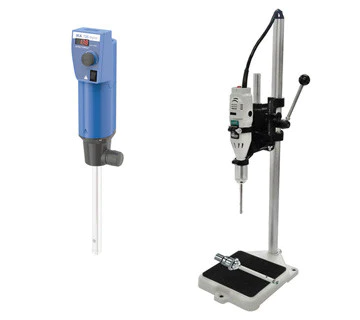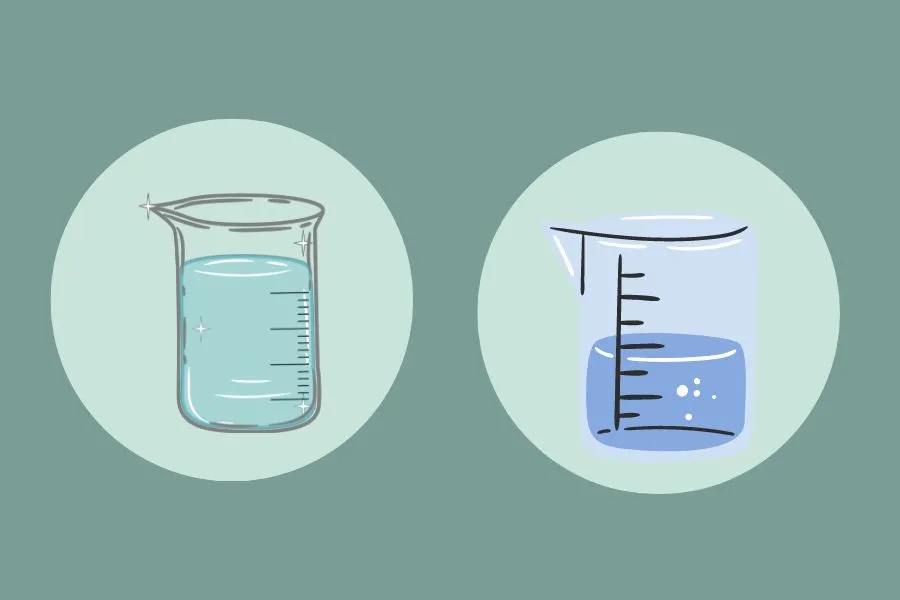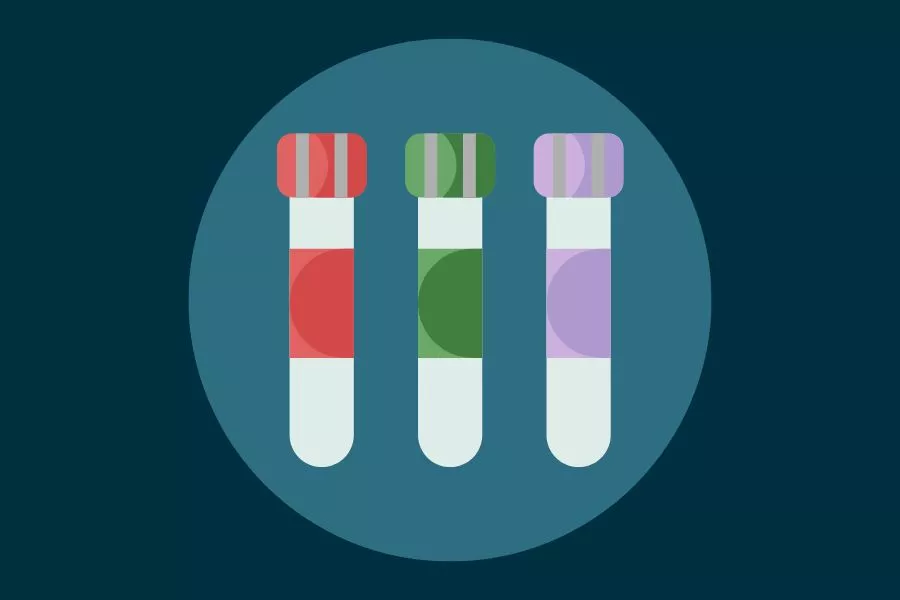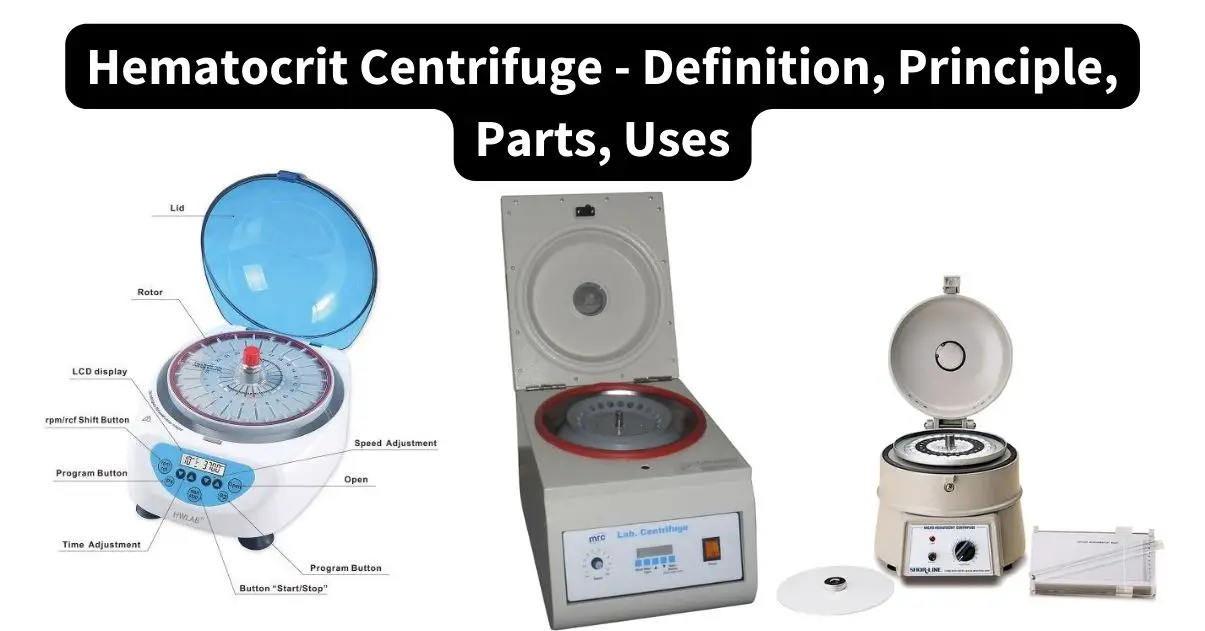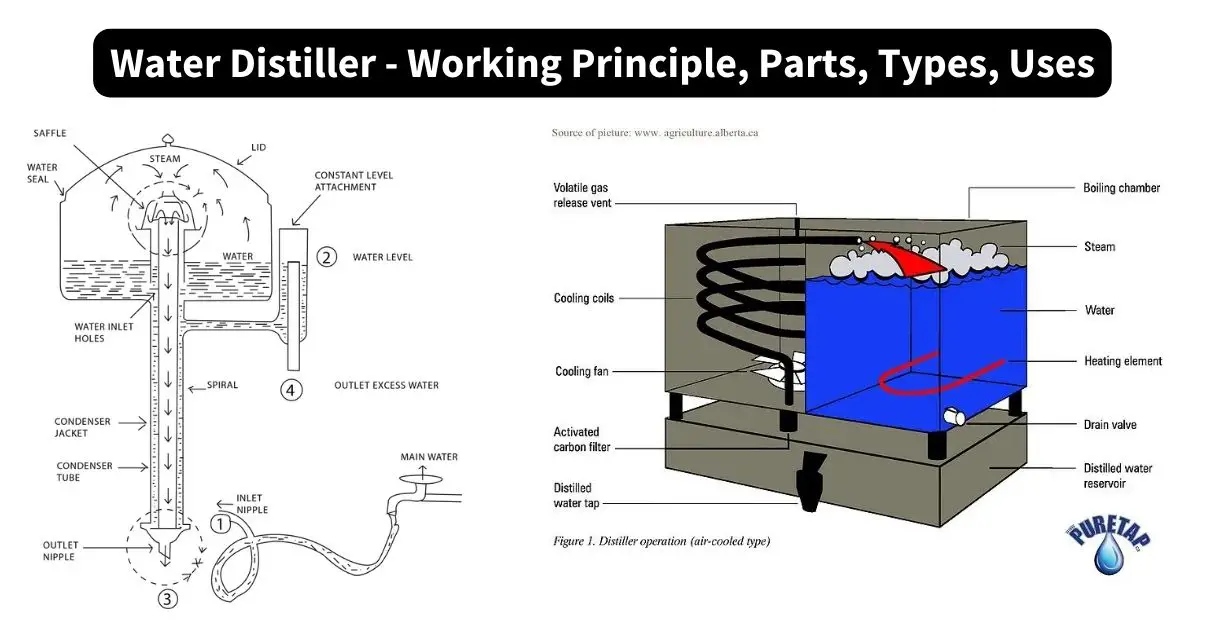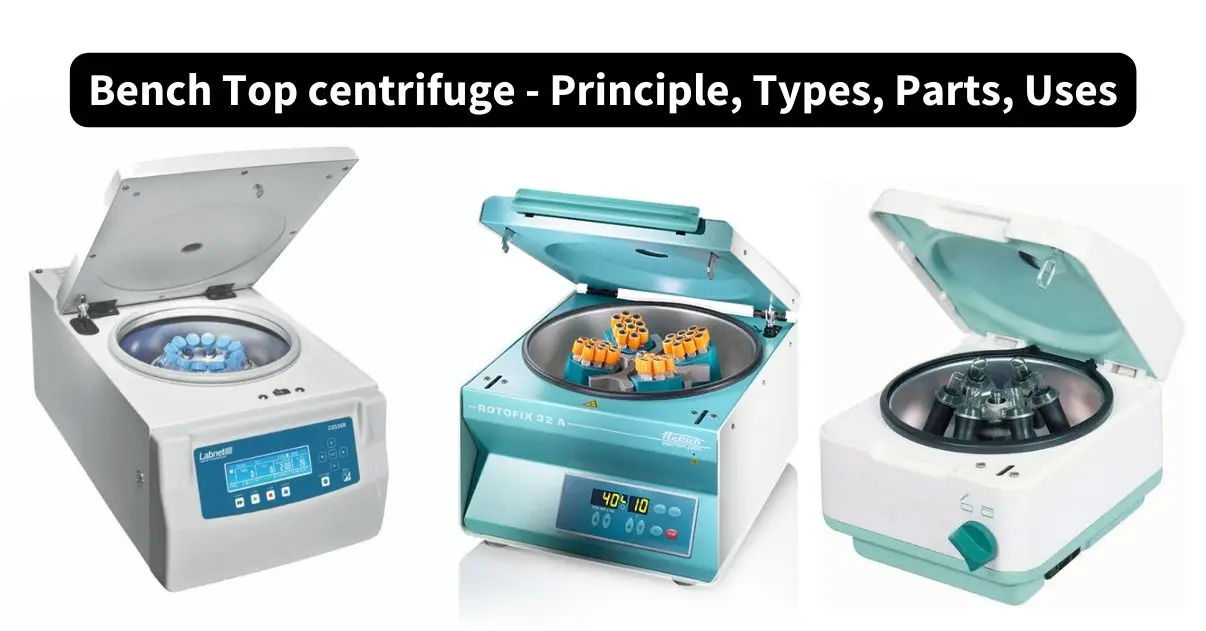Rotor Stator Homogenizers – Definition, Principle, Parts, Uses
What is Rotor Stator Homogenizers? Principle of Rotor-Stator Homogenization (How does a rotor stator homogenizer work?) Parts of Rotor-Stator Homogenization Rotor-stator homogenization normally consists of the following parts: Operating Procedure of rotor stator homogenizers Uses of Rotor-Stator Homogenization Advantages of Rotor-Stator Homogenization Limitation of Rotor-Stator Homogenization Precautions Differences Between Rotor-Stator Homogenizers and High-pressure Homogenizers Aspect … Read more
